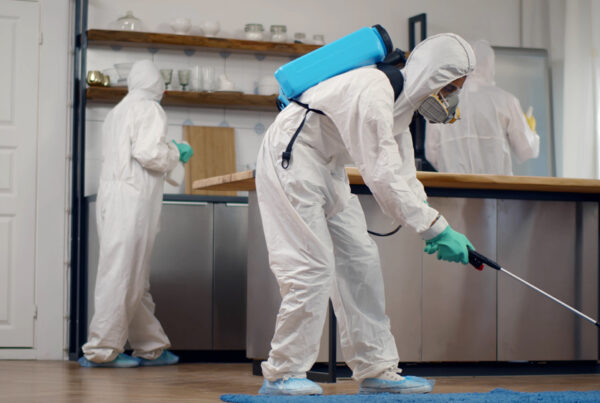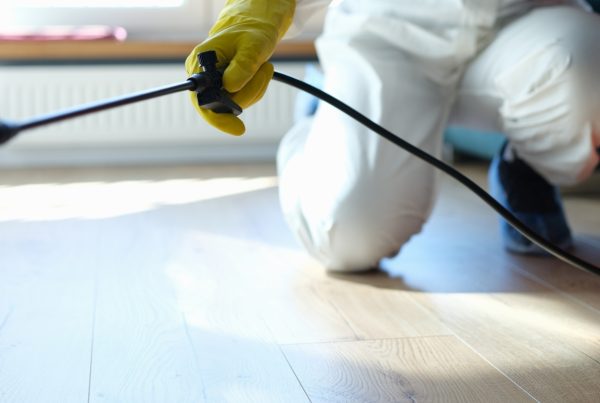Sometimes it’s difficult to imagine just how many ways pests can enter the average home—but believe us: when you’ve been in this industry for as long as we have, we can practically guarantee that there are places around your home where pests can easily get in. When pest-proofing your home, you have to think about every gap, nook, and cranny, as well as places both high and low.
Some of the most common pest entry points in homes are listed below.
1. Windows
For windows to be fully “pest-proof” they need to be weather-sealed, and their screens need to be intact, with no gaps, rips, or holes. If you own a window air conditioner, you must also make sure there are no gaps around the AC unit that bugs and rodents can squeeze through.
Keep In Mind: Even second-story windows are susceptible to pest invasions! Rodents will often climb trees, vines, downspouts, and gutters to access open windows.
2. Vents
While it’s crucial that you never block a vent and impede airflow, you do want a barrier in place that will keep out mice and rats. Remember: mice can squeeze through a gap as small as a dime, so most can easily fit through the grills of a vent cover. Steel wool is usually an effective barrier because rodents have a hard time chewing through it, and it also allows air to flow back and forth.
3. Gaps in Soffits and Fascias
Soffit and fascia are terms for different parts of your roof. On your home’s exterior, the roof juts out over the side of your home. The underside of the part that juts out is the soffit. The fascia is a band that runs horizontally around the roof’s perimeter. Gutters are typically installed on the fascia.
Due to your home’s construction, weathering, or water damage, breaches can form in your roof’s soffit and fascia. Rodents, birds, and squirrels can try to squeeze through those gaps to access your attic. Wood-damaging pests like termites can make those gaps worse if they’re attracted by wood rot.
To keep pests from breaching soffit and fascia, you’ll need to involve a pest control company that offers exclusion services. For instance, at Pestex Inc, we use premium quality Armor Shield materials to seal vulnerable areas around our client’s roofs to keep pests out.
4. Holes for Pipes, Cables, and Refrigerant Lines
Builders and contractors need to make some holes in your exterior walls so that electric cables, gas and plumbing pipes, and the central air conditioning refrigerant line can be fed through. When there’s excess space in these holes, insects and rodents can crawl inside. For this reason, it’s a good idea to close up the gaps with foam sealant or a combination of caulk and steel wool.
5. Gaps in Siding
Over time, siding can warp due to temperature changes, and during severe storms, strong winds can even dislodge it. This can result in gaps in your siding that are large enough for pests to enter. Even if your siding is new, it could have gaps from the get-go if the installation was done poorly. Fortunately, repairing these gaps can be a relatively straightforward DIY job if you’re handy, but you can also count on our pest control experts to complete it for you if you prefer.
6. Where Your House Meets the Foundation
Down at ground level, your home is susceptible to invasions from several nuisance animals, including rats, mice, and raccoons, as well as burrowing creatures like skunks and chipmunks. These animals will take advantage of holes and gaps around areas like your foundation, porch, and deck, and come winter, they may try to dig a shelter underneath your home.
To prevent wildlife invasions in these low clearance areas, our experts at Pestex Inc use a Burrow Barrier System. It involves trenching and hardware cloth that blocks rodents and nuisance animals from burrowing underneath a structure.
Custom Pest Control Solutions in Boston, MA
At Pestex, we have more than 30 years of pest control and pest-proofing experience. Our team is dedicated to helping you find the ideal solution to treat your current pest problems and prevent any future issues from arising. Contact us online or give us a call today at (617) 332-3344.





